Japanese scientists have just proven that optimists are actually "in tune" in thinking, thanks to surprisingly similar brain activity when they imagine the future.
A research team led by Dr. Kuniaki Yanagisawa of Kobe University conducted an experiment on 87 volunteers, divided into two groups with a clear tendency to think optimistically or pessimistically.
Volunteers were asked to imagine various future events while their brains were monitored using functional magnetic resonance imaging (fMRI), which records detailed patterns of neural activity.
Surprisingly, people with optimistic attitudes about the future showed very similar patterns of neural activity when thinking about the same event.
In contrast, in pessimists, the way they imagine the future is extremely diverse and lacks clear similarities.
To put this difference into perspective, the team took inspiration from the opening line of Lev Tolstoy's famous work "Anna Karenina" and concluded: “Optimists are all alike, but each pessimist imagines the future in his own way.”
Dr Yanagisawa added: "What is remarkable about this study is that the abstract notion of 'thought congruence' can actually be clearly observed in brain activity patterns. Optimists also show a clearer distinction between positive and negative scenarios. This means that they do not try to sugarcoat bad situations, but rather process negative situations in a more distant and abstract way, thereby reducing the negative emotional impact."
The findings may help explain why optimistic people tend to have stronger, more positive social relationships and are more satisfied with their lives. This brain “synchrony” may be an important foundation for them to easily empathize and connect with each other.
According to Dr. Yanagisawa, the everyday feeling of being “on the same wavelength” as someone is not a mere metaphor, but actually exists on a physical level in the brain.
However, he also raised a new question: Is this "harmony" mechanism innate or is it formed over time through experiences and social dialogue?
The long-term goal of this research is to better understand loneliness and the factors that promote communication, aiming towards a society where people understand and share better./.
Source: https://www.vietnamplus.vn/nhung-nguoi-lac-quan-co-cung-tan-so-nao-khi-nghi-ve-tuong-lai-post1053408.vnp



![[Photo] Binh Trieu 1 Bridge has been completed, raised by 1.1m, and will open to traffic at the end of November.](https://vphoto.vietnam.vn/thumb/1200x675/vietnam/resource/IMAGE/2025/10/2/a6549e2a3b5848a1ba76a1ded6141fae)




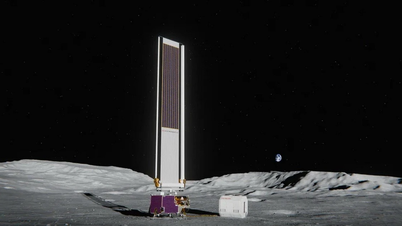




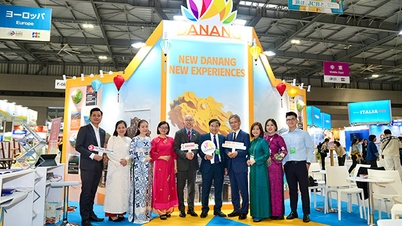






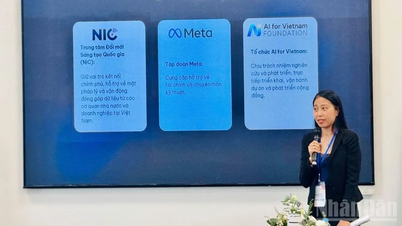

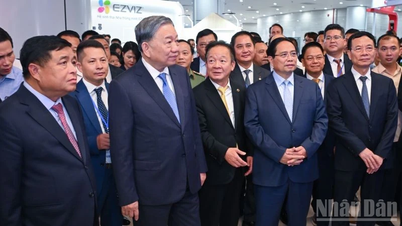
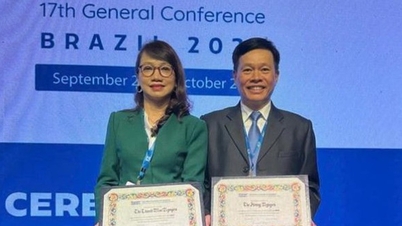








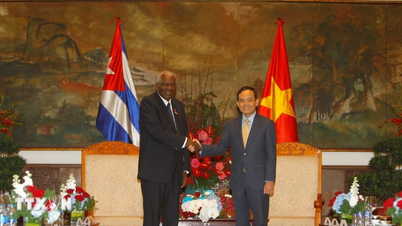
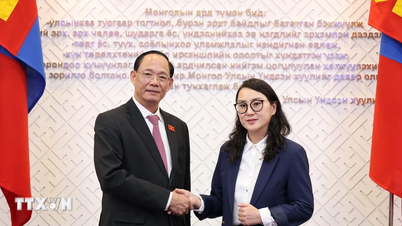
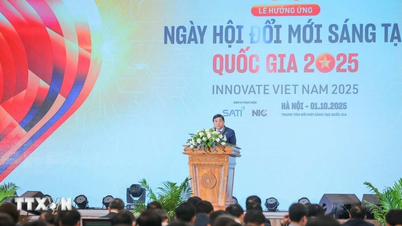
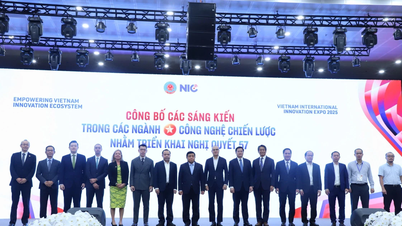
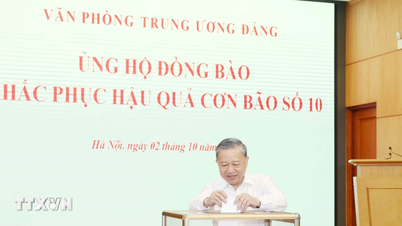













































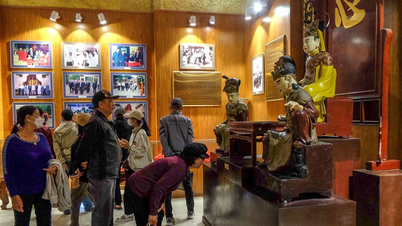



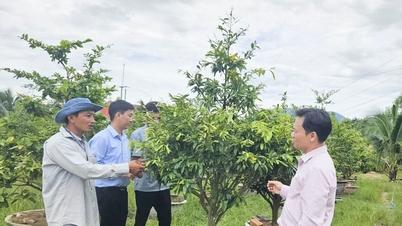
















Comment (0)